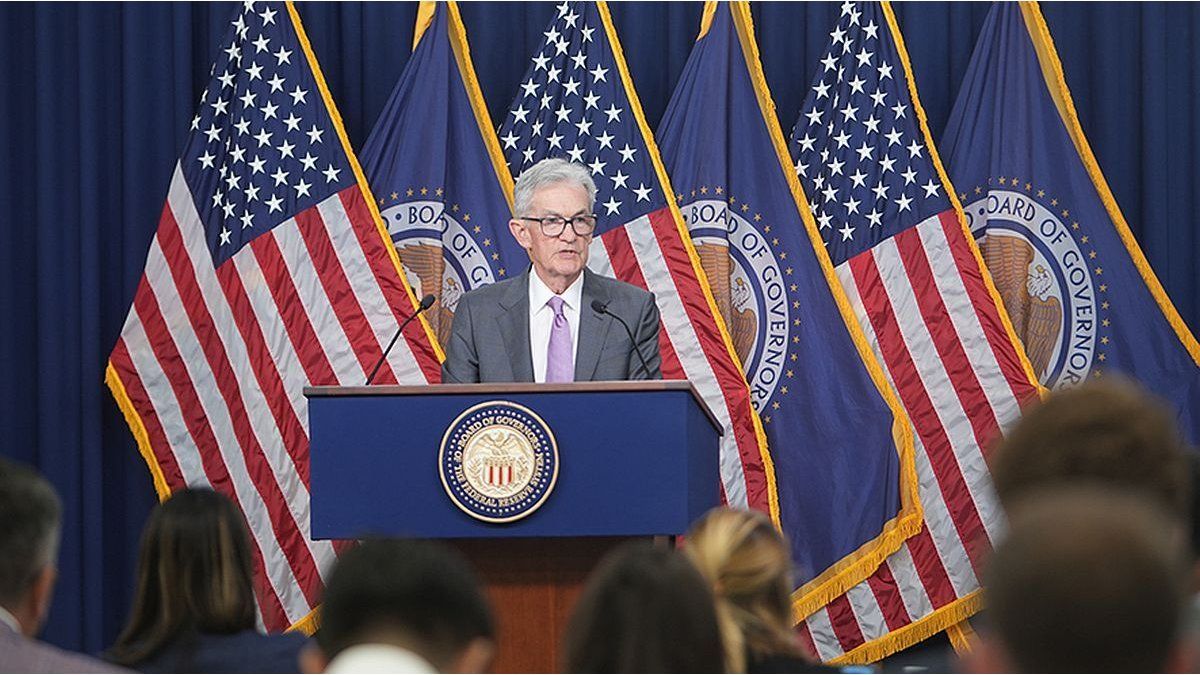Quarterly earnings reports are also expected from Costco (COST), Micron (MU) and Accenture (ACN).
What’s next for the Fed?
The period of silence is over, and so is the tightening. The public will be treated to further comments from Fed officials in the days following the momentous shift from tight monetary policy. Perhaps the most important question for policymakers is: where are we going now?
At least eight central bank officials, including Powellthe Fed’s vice chair for supervision, Michael Barrand the head of the New York Fed, John Williamsare scheduled to speak or participate in conferences in the coming days. They are expected to shed light on the Fed’s decision to cut interest rates by 50 basis points. Fed members They anticipate two additional 25 basis point cuts this yearfollowed by four more in 2025.
Powell has asserted that the central bank was not playing “delay” by opting for a larger cut, addressing criticism that the Fed should have cut rates at its last policy meeting in July. He also said that 50 basis point cuts should not be considered the new norm. However, a further slowdown in the labor market could challenge both claims.
New risks and old ones
Inflation was so high and the labor market so tight that slowing price increases was the Fed’s sole focus over the past two years. But now that inflation is easing and the labor market is showing signs of slowing, the Fed must advance its mandate on both fronts.
On Wednesday, Powell noted that upside risks to inflation have diminished, while downside risks to employment have increased. “We know it’s time to recalibrate our policy,” he said, confirming that the balance of risks is “now balanced.”
Analysts expect Friday’s PCE reading to come in at 2.3% year-over-year, down from the previous month’s 2.5% annual increase, according to Bloomberg data. Such a favorable reading would continue the downward trend and reinforce the Fed’s decision-making.
But even with more eyes on the labor market, the Fed has yet to hit its 2% inflation target. And as central bankers have reiterated, easing too soon could allow inflation to rise again.
As noted by analysts at Bank of America Global Research In a note on Friday: “With growth above potential, a strong consumer and a stock market at record highs, such a bold start to an easing cycle is hard to justify if a recession is not looming.”
“Unless the Fed is seeing something we’re missing, a more aggressive easing cycle could make it harder to meet the 2% target, given uncertainties ahead, including the post-US election impact,” they wrote.
Resetting technology stocks
Tech investors have been looking for their next catalyst, and the Fed may have just delivered it. After a mixed earnings season, where Wall Street showed disappointment over massive spending on AI and impatience over less-than-perfect quarters, the rate-sensitive sector could return to growth mode.
markets-wall-street-stocks-exchanges-investments-finances-fed-federal-reserve
Technology investors have been looking for their next catalyst.
Reuters
Six of the seven tech giants, known as the “Magnificent Seven,” made gains last week, with Meta (META), Apple (AAPL), Alphabet (GOOG, GOOGL), Amazon (AMZN), Microsoft (MSFT) and Tesla (TSLA) outperforming the broader market. Nvidia (NVDA)the lone loser, fell more than 2% last week as it grapples with volatility after a stunning run-up in the spring and summer. Still, some analysts see a more nuanced picture. As the head of U.S. equity strategy at the U.S. Stock Exchange warned, Citi, Scott Chronertthe upside potential of even the most volatile tech stocks is limited as matching their past growth becomes increasingly difficult.
Weekly calendar
Economic data: S&P Global US Services PMI for September (48.5 expected, 47.9 previous); Chicago Fed National Activity Index for August (-0.20 expected, -0.34 previous)
Earnings: No major reports expected
Economic Data: S&P CoreLogic Case-Shiller 20-City Home Price Index, MoM, July (0.42% prior); S&P CoreLogic Case-Shiller 20-City Home Price Index, YoY, July (6.47% prior); Conference Board Consumer Confidence, September (102.8 expected, 103.3 prior)
Earnings: AutoZone (AZO), Thor (THO), KB Home (KBH), Worthington (WOR), Stitch Fix (SFIX)
Economic Data: MBA Mortgage Applications, Week Ending Sept. 20 (14.2% Previous); New Home Sales, August (693,000 expected, 739,000 previous); New Home Sales Month-over-Month, August (-6.3% expected, 10.6% previous)
Earnings: Micron (MU), Jefferies (JEF), Cintas (CTAS)
On Thursday, INDEC will publish its report on the incidence of poverty and indigence, with data from the first half of this year. The period coincides with the initial phase of the La Libertad Avanza government, so there will be a fairly accurate approximation of the social impact of the economic policy being implemented by President Javier Milei.
Economic data: US Q2 GDP, second revision (+2.9% annualized rate expected, +3% prior); Q2 Personal Consumption, second revision (+2.9% prior); Initial Jobless Claims, week ending September 21 (219,000 prior); Durable Goods Orders, August (-2.9% expected, 9.8% prior)
Earnings: Costco (COST), Accenture (ACN), BlackBerry (BB), CarMax (KMX), Jabil (JBL)
Economic Data: University of Michigan Consumer Sentiment, end-September (69 prev); PCE Inflation, MoM, August (+0.1% expected, +0.2% prev); PCE Inflation, YoY, August (+2.3% expected, +2.5% prev); PCE Core, MoM, August (+0.2% expected, +0.2% prev); PCE Core, YoY, January (+2.7% expected, +2.6% prev)
Source: Ambito
David William is a talented author who has made a name for himself in the world of writing. He is a professional author who writes on a wide range of topics, from general interest to opinion news. David is currently working as a writer at 24 hours worlds where he brings his unique perspective and in-depth research to his articles, making them both informative and engaging.




